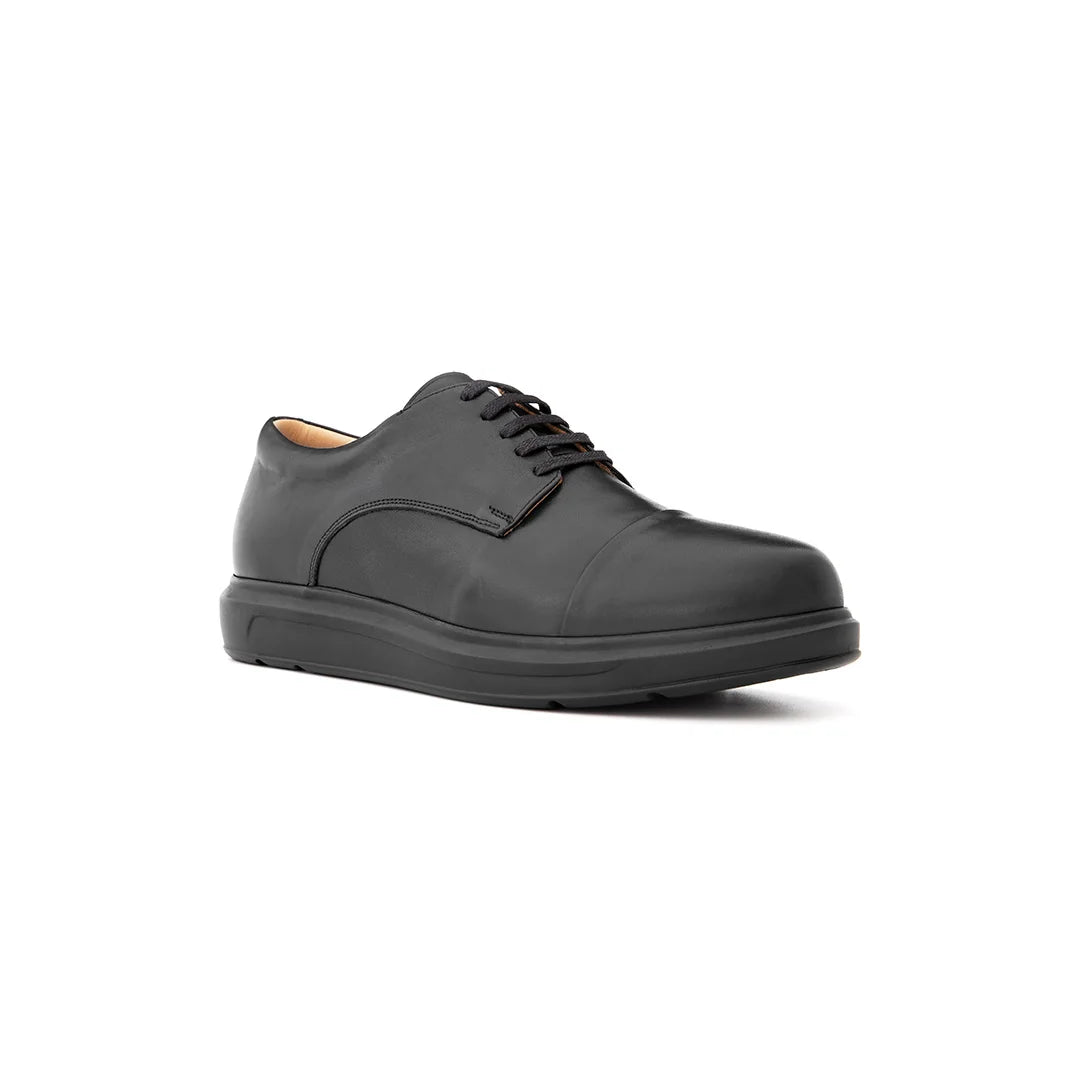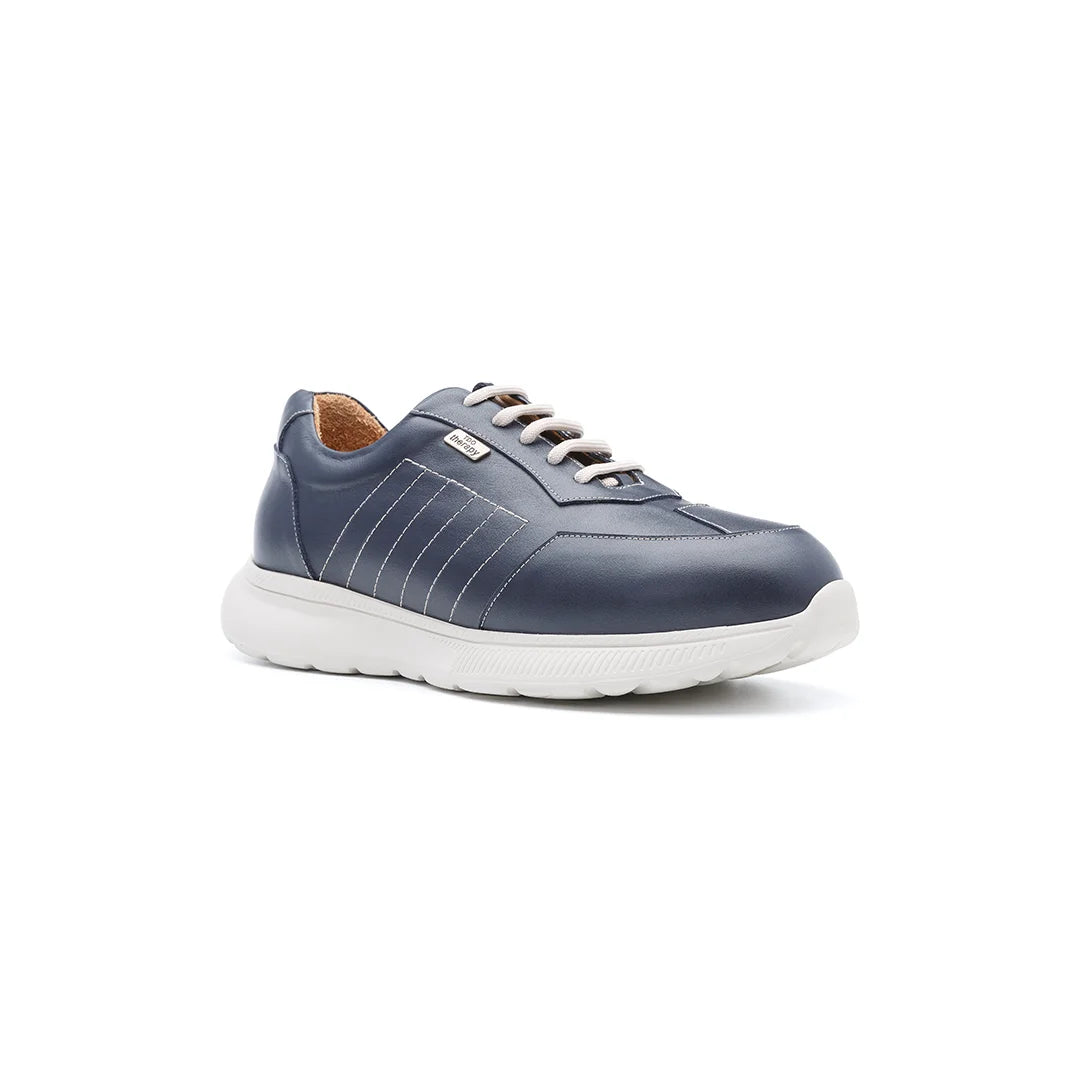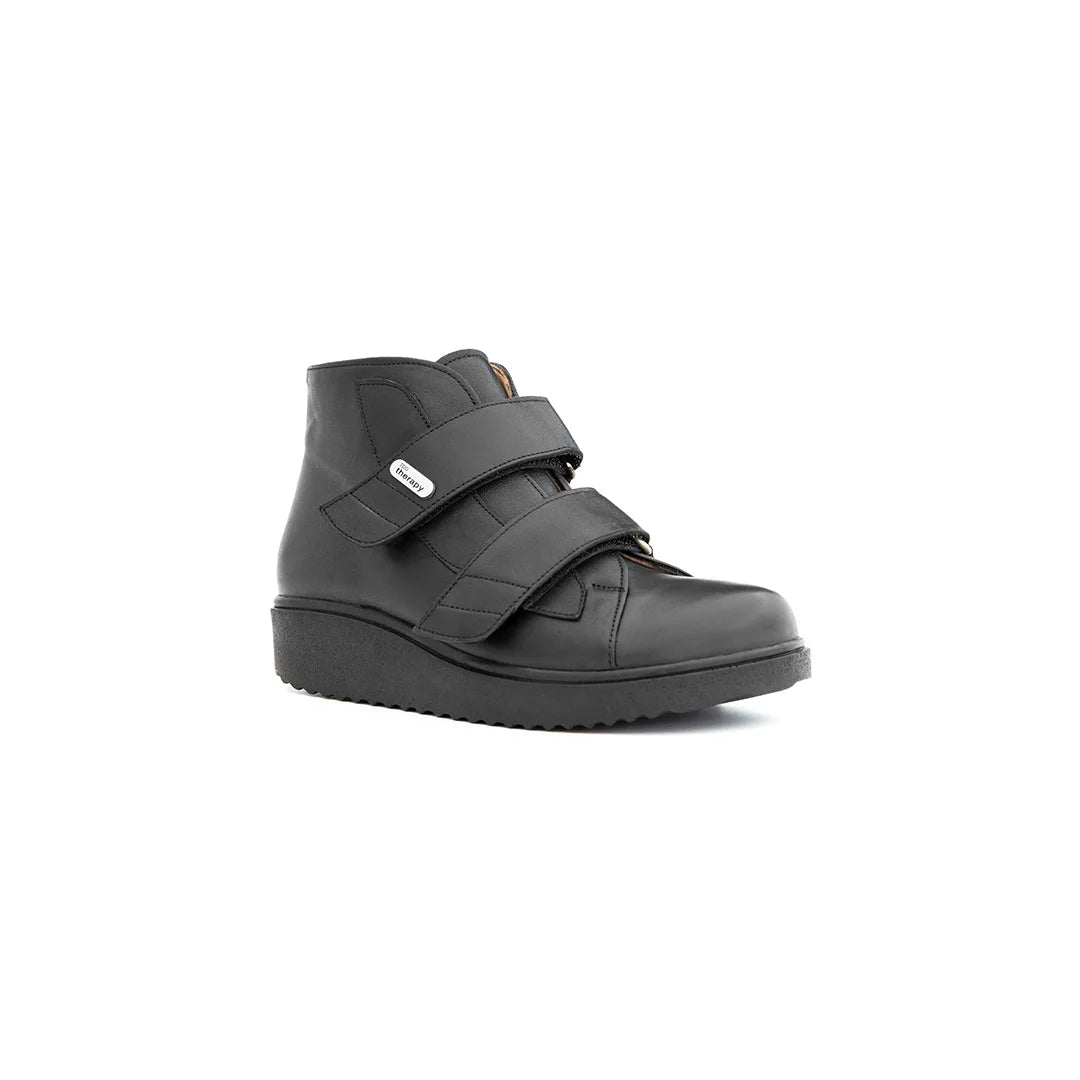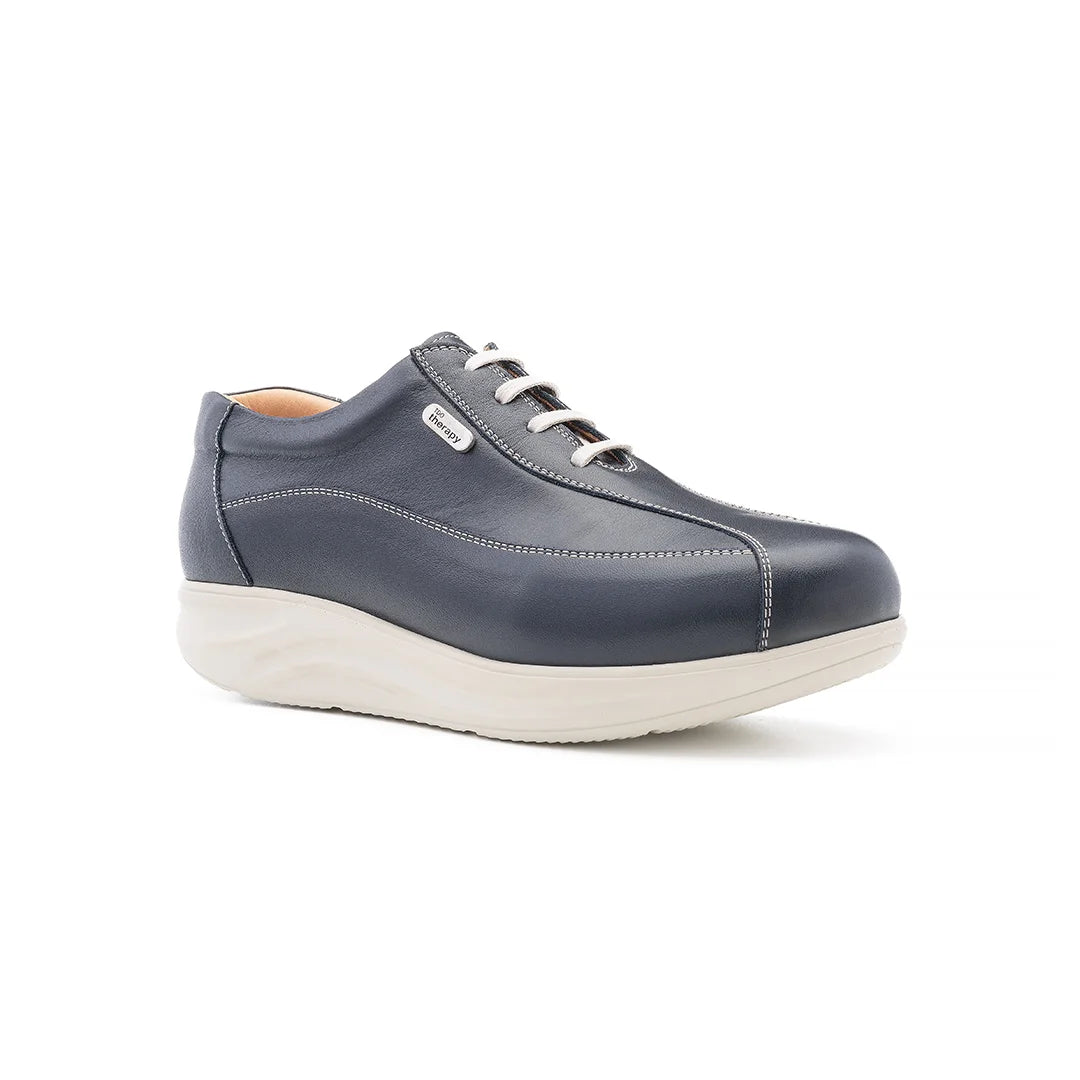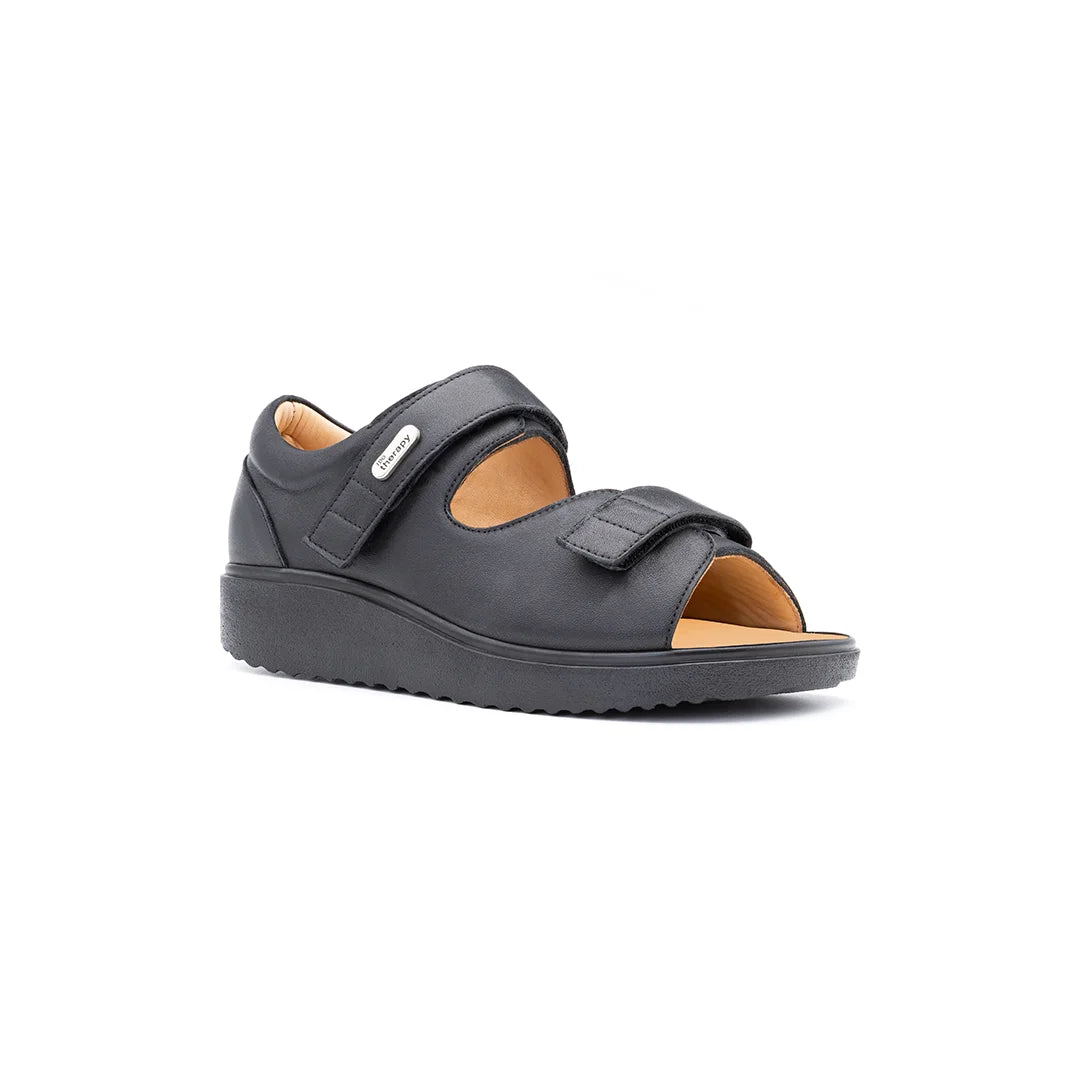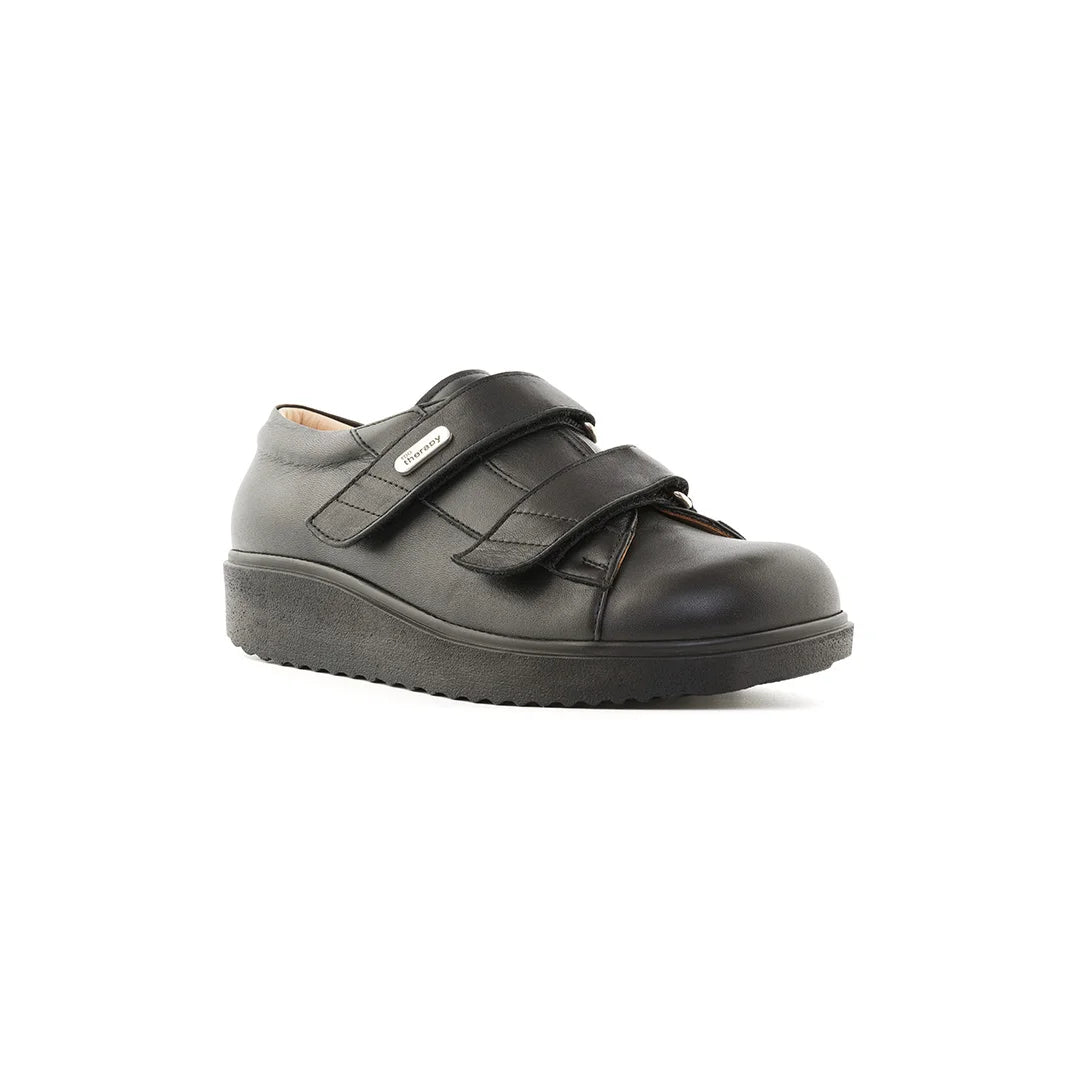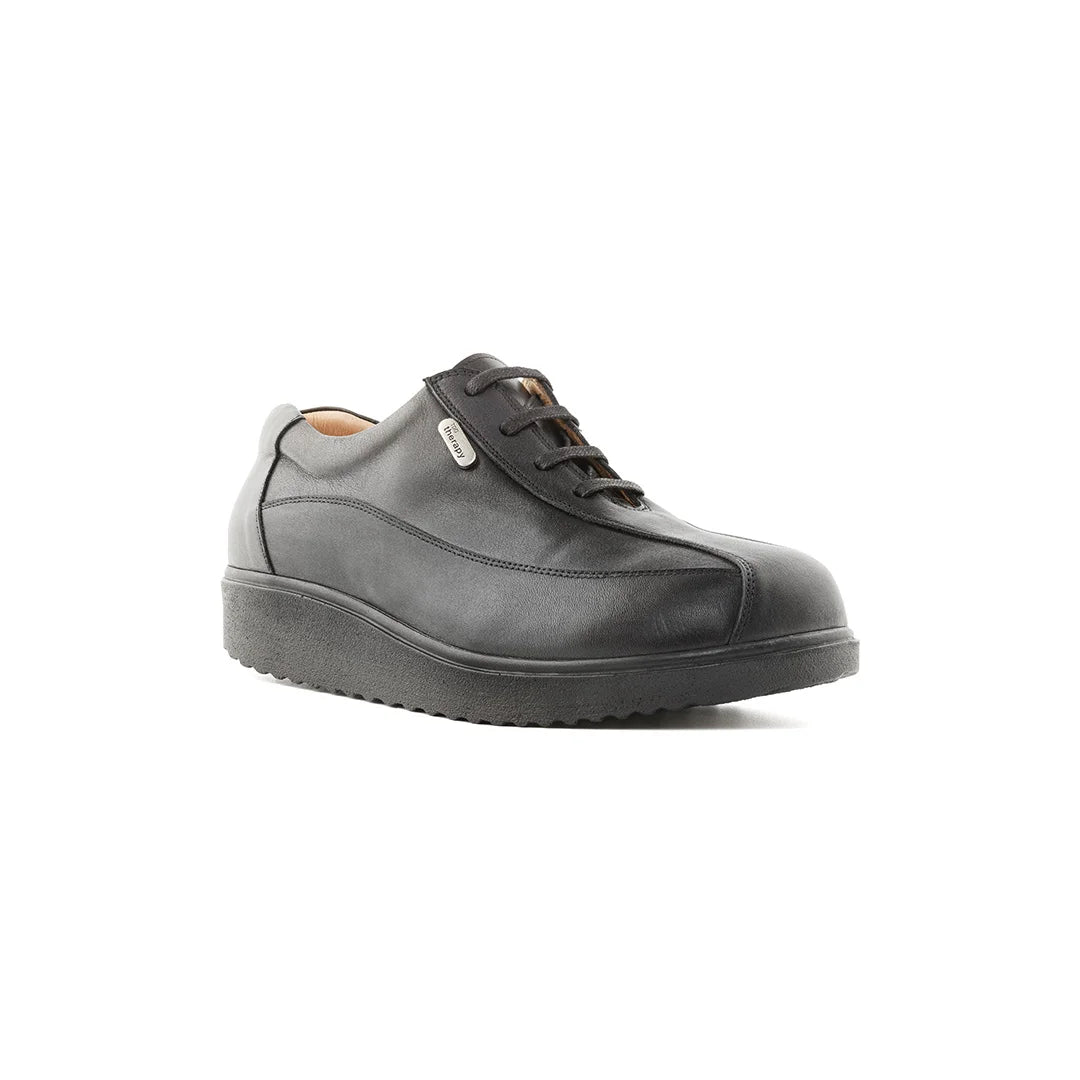Every step you take sends force through your feet, up your legs, and into your spine. While we don’t feel it consciously most of the time, these repetitive impacts — thousands each day — can wear down joints over time.
If your shoes aren’t absorbing enough of that shock, your ankles, knees, hips, and lower back are forced to compensate. The result? Fatigue, pain, and even long-term joint problems.
That’s where orthopedic shoes come in. Designed with advanced cushioning systems, they don’t just make walking softer — they protect your joints, maintain alignment, and reduce the strain of everyday motion.
At TDO Therapy, we’ve built cushioning into the core of every shoe — turning each step into a smooth, balanced movement that helps your body move naturally and pain-free.
The Science Behind Cushioning and Joint Health
What Happens When You Walk
When you walk, each footstrike produces an impact force roughly 1.5 times your body weight. When running or walking briskly, that number can increase to nearly three times your body weight.
Your joints — especially the knees and hips — absorb these forces repeatedly. Over time, repetitive stress can lead to:
-
Knee pain from cartilage wear
-
Hip discomfort from misalignment
-
Ankle strain from poor shock distribution
-
Back pain from improper gait compensation
Shoes without proper cushioning allow those impact forces to travel straight into your bones and joints, creating a chain reaction of discomfort that often worsens with age or certain conditions like arthritis.
How Cushioning Works
Cushioning materials act as a shock absorber between your foot and the ground. They compress slightly when your foot lands, then rebound to propel you forward with less effort.
The key is balance — too much cushioning can feel unstable, while too little transfers stress directly to your joints. Orthopedic shoes are engineered to find that perfect equilibrium, supporting every step from heel strike to toe-off.

How Orthopedic Shoes Protect Your Joints
1. Multi-Layer Cushioning Systems
Unlike regular footwear, orthopedic shoes use layered cushioning designed to respond differently to pressure and movement.
At TDO Therapy, every pair features a triple-layer protection system:
-
Outer natural leather for flexibility and durability
-
Memory foam mid-layer that adapts to your unique pressure points
-
Soft, seamless lining that prevents friction and irritation
This structure ensures that impact forces are absorbed efficiently — reducing the strain on your ankles, knees, and hips.
2. Memory Foam for Personalized Comfort
Memory foam isn’t just about softness; it’s about dynamic support. It molds to the shape of your feet, then returns to its original form when pressure is released.
In orthopedic footwear, memory foam serves three purposes:
-
It distributes pressure evenly across the sole.
-
It minimizes micro-impact shocks that travel through the joints.
-
It adapts to swelling or shape changes throughout the day.
This adaptability ensures constant cushioning whether you’re walking, standing, or shifting positions during long hours.
3. Rocker Bottom Soles for Smooth Motion
Another powerful feature in orthopedic design is the rocker bottom sole. Instead of letting your foot strike the ground flat, it creates a gentle rolling motion that reduces harsh impact during each step.
This design helps:
-
Minimize pressure on the heel and forefoot
-
Support smoother transitions during walking
-
Reduce muscle fatigue by guiding your natural gait
The result? Each step feels effortless, reducing cumulative stress on your joints and spine — ideal for those managing arthritis, plantar fasciitis, or general mobility discomfort.
4. Anatomical Arch Support and Alignment
Even the best cushioning won’t work properly without alignment. If your arches collapse or your feet roll inward (overpronation), your body weight shifts unevenly, putting more pressure on certain joints.
Orthopedic shoes correct this by offering anatomically contoured arch support and firm heel counters. This keeps your feet in their optimal position, allowing cushioning layers to perform effectively and evenly.
Proper alignment ensures that your joints — from your ankles to your hips — stay balanced during every movement.
5. Stable Outsoles That Absorb and Protect
While soft cushioning inside the shoe is vital, the outsole also plays a major role in impact protection. TDO Therapy orthopedic shoes use non-slip rubber soles with controlled flexibility.
This design helps by:
-
Preventing hard shocks on uneven ground
-
Ensuring stable contact with the surface
-
Supporting long-term joint protection
Whether you’re walking on pavement, hard floors, or outdoor paths, the outsole provides a resilient base that works with the cushioning system — not against it.
Why Cushioning Matters More as We Age
As we grow older, our body’s natural shock absorbers — the cartilage and fat pads in our joints — gradually thin. This makes every step feel harsher and increases the risk of inflammation or pain.
Wearing orthopedic shoes with proper cushioning compensates for this loss, acting like an external support system for your joints. They help maintain your mobility, independence, and confidence to stay active.
For people living with:
-
Arthritis
-
Diabetes
-
Osteoporosis
-
Plantar fasciitis
-
Heel spurs
orthopedic cushioning can make a dramatic difference in daily comfort and joint health.
The Benefits You’ll Notice Right Away
Once you switch to properly cushioned orthopedic footwear, the difference is almost immediate:
-
Reduced joint pain and swelling after long walks
-
Improved posture and balance
-
Less fatigue during standing or movement
-
Increased mobility for longer, more enjoyable activity
Your joints will feel the relief long before your mind realizes why — it’s simply biomechanics done right.
The TDO Therapy Difference
At TDO Therapy, we combine medical science with craftsmanship to create orthopedic shoes that don’t just look good — they perform exceptionally.
Our Advanced Cushioning Features Include:
-
Triple-layer protection system for maximum shock absorption
-
Memory foam insoles that adapt to each foot shape
-
Rocker bottom soles that promote smooth, efficient motion
-
Natural calf leather uppers for flexibility and breathability
-
Seamless interiors that reduce irritation and friction
-
Lightweight design for effortless mobility
Each pair is registered as a Class 1 medical device, designed to support orthopedic and diabetic needs and recommended by podiatrists and orthotists across the UK.
How to Maximize Cushioning Benefits
Even the best orthopedic shoes perform better with proper care and use.
1. Choose the Right Fit
Make sure your shoes fit comfortably with room for natural toe movement. A snug but not tight fit ensures cushioning performs optimally.
2. Replace Insoles Periodically
Memory foam compresses slightly over time. Replacing insoles every 6–12 months helps maintain peak cushioning.
3. Avoid Walking Barefoot on Hard Floors
Even at home, using supportive footwear prevents unnecessary joint impact.
4. Alternate Shoes
If you wear orthopedic shoes daily, alternating pairs helps each one decompress fully between wears, maintaining long-term cushioning efficiency.
Frequently Asked Questions
Are orthopedic shoes only for people with joint pain?
Not at all. They’re designed for anyone who wants better comfort, posture, and long-term joint protection — whether you’re active or simply on your feet all day.
How is orthopedic cushioning different from regular trainers?
Trainers focus on sport-specific rebound, while orthopedic shoes prioritise joint health. They combine cushioning with anatomical support and pressure relief for everyday movement.
Can cushioned orthopedic shoes help with arthritis?
Yes. They reduce joint impact, minimize inflammation, and improve comfort during daily activities — especially for knee and hip arthritis.
Are orthopedic shoes heavy?
No — TDO Therapy’s designs are lightweight, flexible, and built for effortless all-day wear.
Final Thoughts
Every step you take should support, not strain, your body. Without proper cushioning, daily movement becomes a source of silent stress for your joints — slowly building discomfort over time.
Orthopedic shoes are your body’s built-in shock absorbers, designed to distribute pressure evenly, reduce impact, and keep your joints healthy for years to come.
At TDO Therapy, we combine modern technology with handcrafted quality to create shoes that care for your comfort — one step at a time. Because when your feet feel supported, every movement feels easier.




